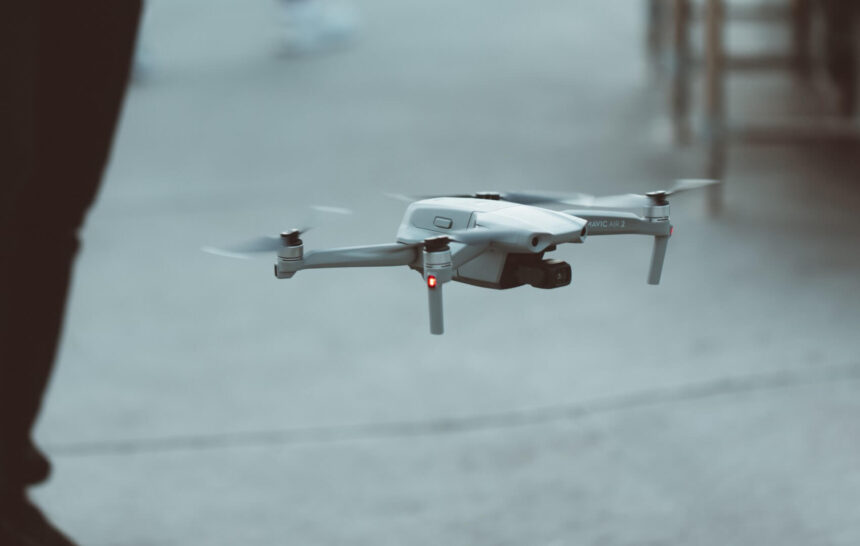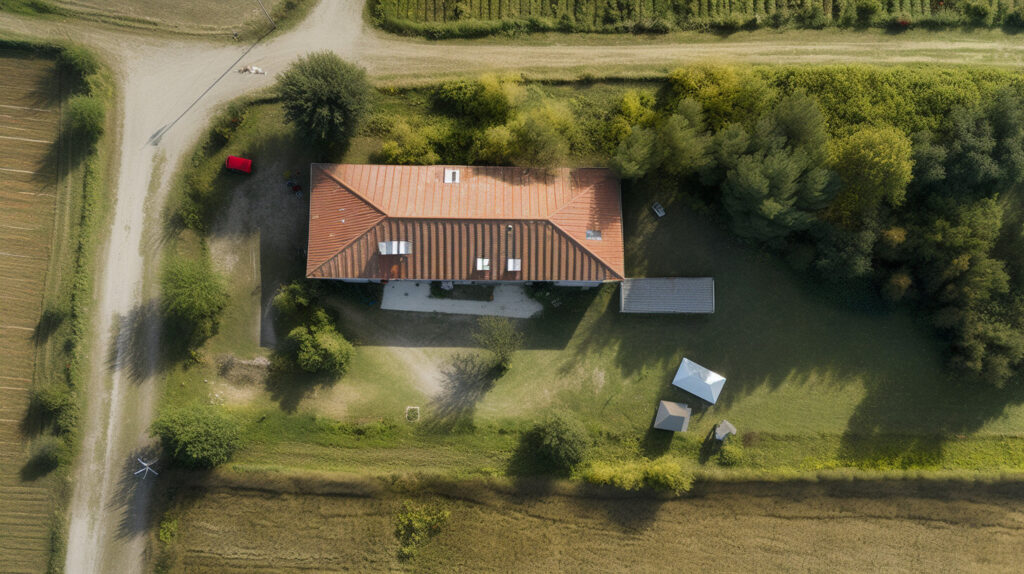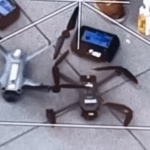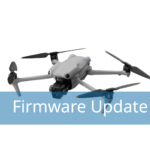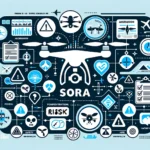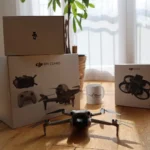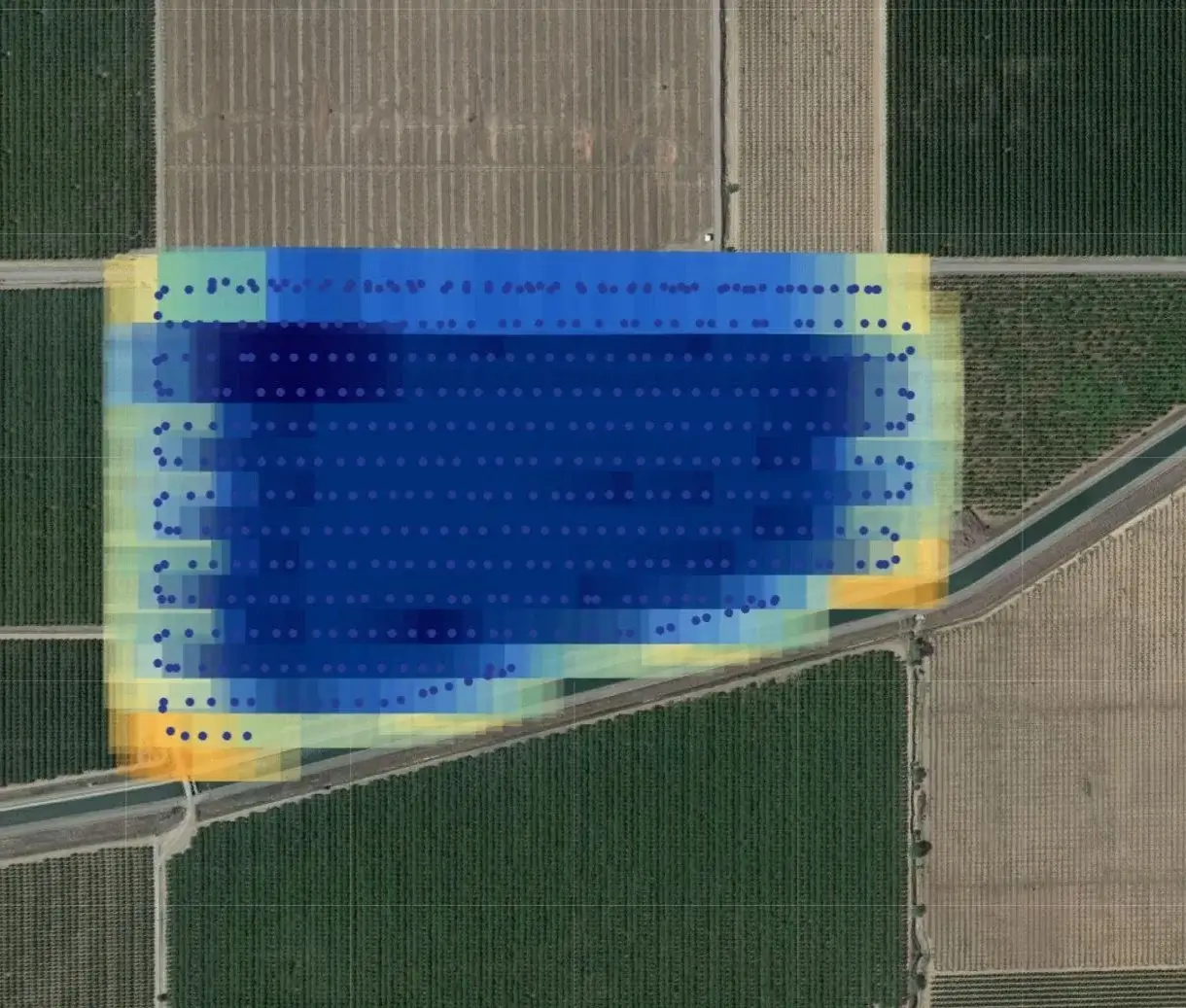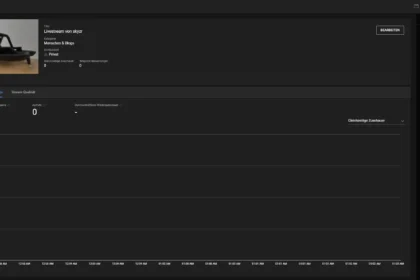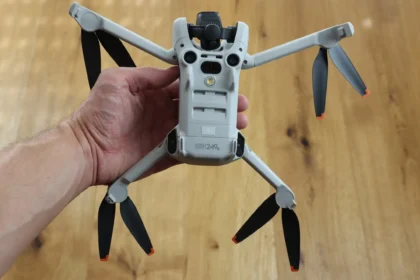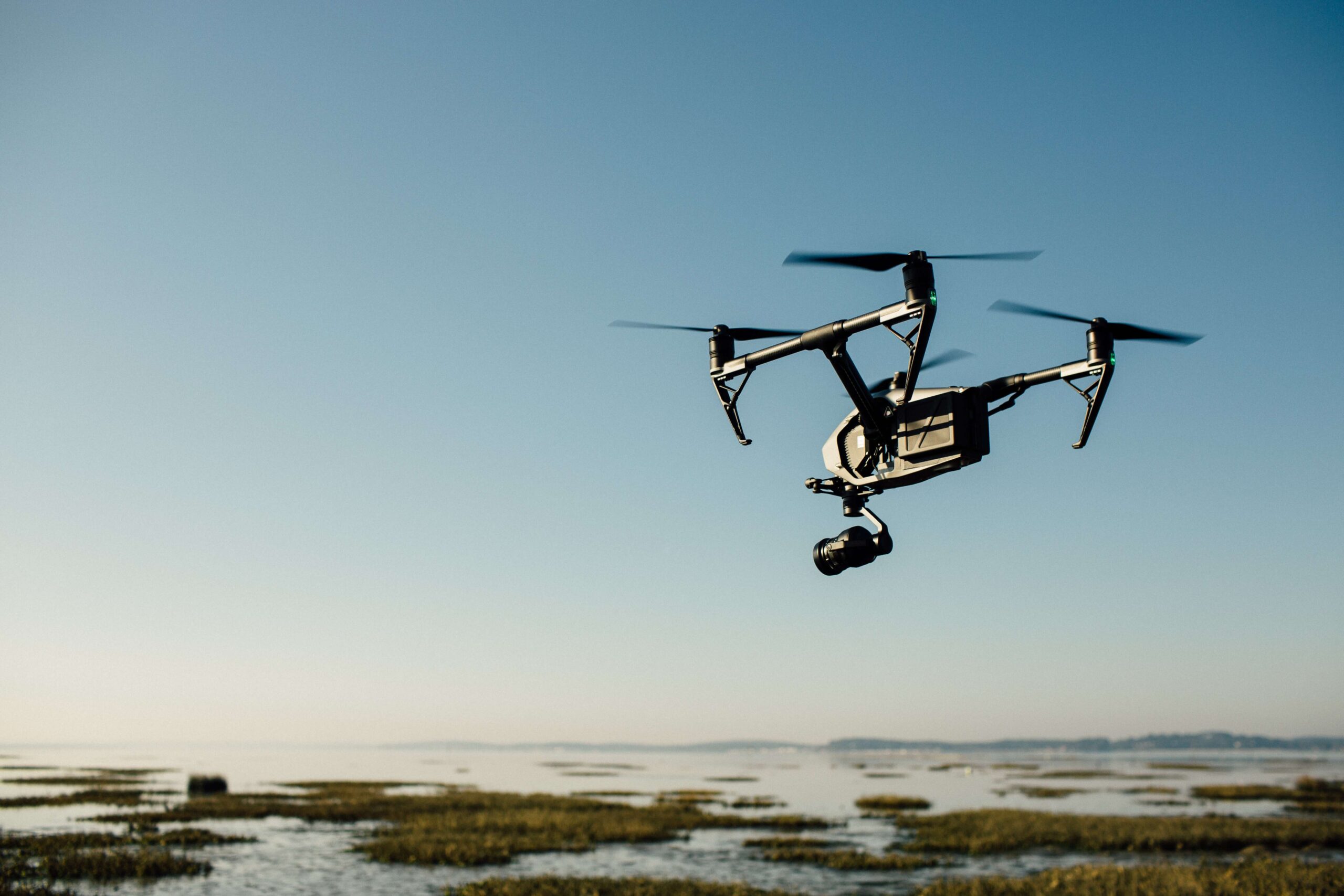The following 5 mistakes are the most common ones made by new drone pilots when dealing with drones. Follow our tips and avoid these mistakes for a safe drone flight.
Just bought your first drone and can’t wait to get it in the air? Stop! Before you take off, there are a few important things you should know. That’s because there are numerous drone incidents every year, many of which are the result of simple, preventable mistakes. This article is your secret weapon to know and avoid the 5 most common drone pilot mistakes. Learn how to fly safely and legally while capturing amazing footage.
Mistake 1: Flying drone without insurance
Within the EU, drone insurance is required by law! Similar to driving cars, drones may only be flown with an appropriate liability insurance. One of the first steps after buying a drone is therefore to take out liability insurance.
Many people also underestimate the risks and believe that no accident will happen to them. But even a little carelessness can have big consequences, be it property damage or even an injury. Without insurance, the financial consequences can be devastating. So be sure to find out about the legal requirements and take out appropriate insurance before you make a withdrawal.
Mistake 2: Flying without knowing the rules
You can’t just buy a drone and fly off anywhere. There are many rules and regulations that you need to know and follow. These include flight altitude restrictions, no-fly zones/geozones, and drone labeling regulations. Ignorance will not protect you from punishment. If you violate any of these rules, you risk not only heavy fines, but also putting yourself and others in danger. So familiarize yourself with the legal framework and stick to it.
These can be found in the EU Drone Regulation. A quick guide to find out where you can fly with your drone is provided in our article Where can I fly with my drone?
Mistake 3: Insufficient flight training and overestimation of self
Flying drones may seem simple at first glance, but it requires practice and skill. Often beginners overestimate themselves and believe they can handle complex maneuvers or difficult conditions without sufficient training. The result is often costly accidents or, in the worst case, injuries. Take the time for proper training, maybe even a course. The better your flying skills, the safer and more successful your drone flight will be.
Error 4: Violation of privacy
A drone with a camera opens up many possibilities for impressive aerial shots. But be careful: Not everything that is technically possible is allowed. Filming or photographing people without their consent is a serious invasion of privacy and can have legal consequences. The same applies to flying over private property. Respect the privacy of others! In fact, this is one of the most common points of contention and concern.
Mistake 5: Incorrectly assessing the weather
Weather plays a crucial role in drone flight. Strong winds, rain or fog can make controlling the drone much more difficult and increase the risk of crashing. Therefore, it is important to check the weather forecast before takeoff and adjust the flight plans accordingly. During the flight, it is also important to keep an eye on the weather development. Apps can also help you with this, for example. Never underestimate the power of nature and be prepared to abort the flight if conditions become too dangerous.
Bonus: Checklist for the drone flight
Basically, there are a few points to consider before launching your drone. Since you can forget many of them, especially in the beginning, we have created a free checklist for you to download: Download – Checklist before drone flight.
Use it regularly for your drone flights until you have internalized all the points in it.
Summary
Drones offer exciting opportunities, but they can also present risks and challenges. Some of the most serious mistakes include flying without insurance, ignoring flight rules, insufficient training, invasion of privacy, and misjudging weather conditions. Liability insurance is essential to cover financial risks. It is also important to familiarize yourself with government regulations and no-fly zones. Training and practice are critical to safe flight, as is being respectful of others’ privacy. Also not to be underestimated is the weather, which can have a major impact on flight safety. Avoiding these mistakes can not only help you fly safer, but also improve your overall drone flying experience.


